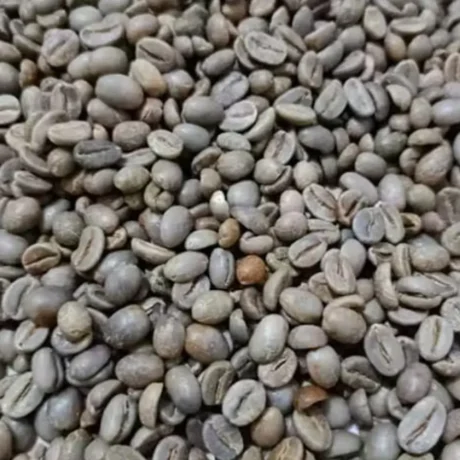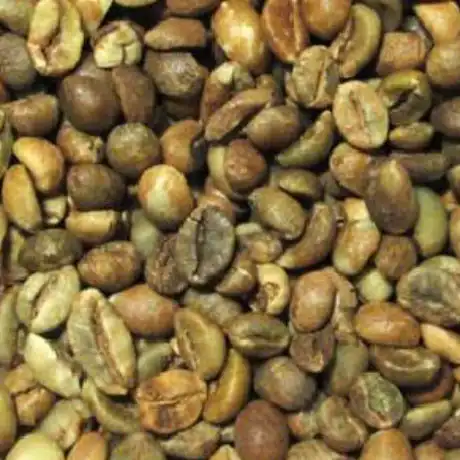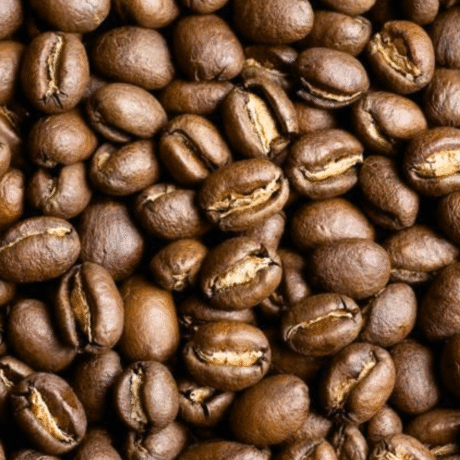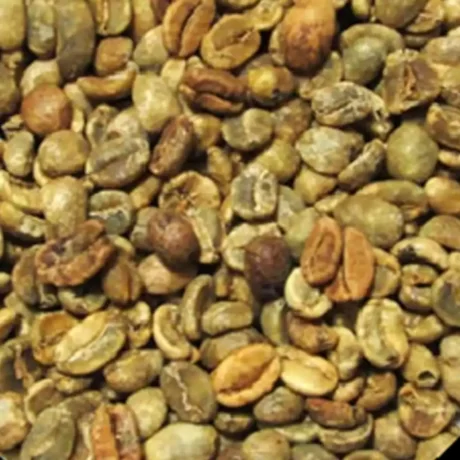Are you a coffee lover who’s considered swapping out your traditional dairy milk for a plant-based alternative? Perhaps you’ve heard about the rise of oat, almond, or soy milk in coffee and wondered if it truly measures up. You’re not alone! The world of coffee is constantly evolving, and with the growing popularity of plant-based diets and sustainability concerns, more people are exploring dairy-free options for their daily brew. But what do consumers really think when these alternatives hit their cup? Let’s dive into the fascinating world of plant-based milk in coffee.
The Rise of Plant-Based Milk in Coffee
It’s no secret that plant-based alternatives (PBAs) like soy milk, rice milk, coconut milk, almond milk, oat milk, and hemp milk are becoming increasingly popular additions to our diets, and especially our coffee. This shift isn’t just a trend; it’s driven by a mix of factors, from dairy allergies and lactose intolerance to calorie counting, concerns about cholesterol, and even a desire to support more sustainable food choices. As more people seek out options beyond traditional milk, understanding how these alternatives impact the coffee experience becomes crucial for plant-based milk in coffee.
Taste and Plant-Based Milk in Coffee: What’s the Verdict?
When it comes to coffee, taste is king. We add milk or cream primarily to enhance sweetness. But what happens when you introduce plant-based milk in coffee? Do they deliver the same familiar comfort, or do they bring unexpected flavors to the party?
Recent research has shed light on this very question, investigating how consumers perceive coffee with added dairy milk versus popular PBAs like oat, soy, and almond milk. A study involving 116 frequent coffee drinkers, split evenly between those who usually add dairy and those who prefer PBAs, explored their sensory perceptions and overall liking. The results offer some intriguing insights into
plant-based milk in coffee:
- Sweetness is Key: Across the board, consumers generally liked their coffee more when they perceived it as sweet. This isn’t surprising, as sweetness is a well-known driver of liking in many food products, including coffee and coffee-flavored dairy beverages.
- Oat Milk’s Newness Factor: Interestingly, coffee with oat PBA was liked significantly less overall compared to coffee with dairy milk. This might be due to a lack of familiarity, as oat milk is a more recent addition to the market , and only 11% of participants regularly consumed it. Familiarity often boosts consumer acceptability. This impacts the overall perception of plant-based milk in coffee.
- Soy and Almond Hold Their Own: Despite some past associations with “off-flavors” like beany or bitter notes , soy and almond PBAs in coffee were not significantly different from dairy milk in terms of flavor, mouthfeel, and overall liking for the general consumer group. It’s possible that the coffee itself minimized the off-flavors consumers perceived , or consumers were simply more accustomed to these common alternatives. This highlights a key aspect of the evolving perception of plant-based milk in coffee.
Dairy Lovers vs. Plant-Based Enthusiasts: Diverse Perceptions of Plant-Based Milk in Coffee
The study also delved deeper, segmenting consumers into “dairy consumers” (those that usually add a dairy product to their coffee) and “plant consumers” (those that use PBAs). This segmentation revealed some fascinating differences in their experiences with plant-based milk in coffee and overall preference:
- Dairy Consumers’ Preferences: Dairy consumers significantly liked the dairy milk and almond PBA more than the soy and oat PBAs. They also liked the flavor of the dairy milk significantly more than the soy and oat alternatives , and found the appearance and mouthfeel of the coffee with the oat alternative significantly less appealing than with dairy milk.
- Plant Consumers’ Nuanced Palates: Here’s where it gets really interesting! Plant consumers, who are accustomed to PBAs, did not identify any significant differences in any of the coffee samples for their liking of the appearance, flavor, mouthfeel, or overall liking. However, when directly compared to dairy consumers, plant consumers liked the flavor and mouthfeel of the dairy milk sample less, and their overall liking of the milk sample was significantly less than dairy consumers. This highlights how prior experience and motivation for consumption can truly shape sensory perception when it comes to plant-based milk in coffee.
- Discrimination Skills: One of the most compelling findings was that plant consumers were able to differentiate between the almond and soy PBAs when they were added to coffee, while the dairy consumers were unable to do so. This suggests that familiarity with these products hones their ability to pick up on more subtle flavor differences , much like how familiarity with wine can enhance a connoisseur’s ability to distinguish between samples. This is a crucial aspect of understanding preferences for plant-based milk in coffee.
Flavors That Define Your Cup: The Sensory Impact of Plant-Based Milk in Coffee
Beyond overall liking, the study also identified specific sensory attributes that either attract or deter consumers.
For the general population, the “sweet” attribute drove consumer liking of the coffee samples. On the flip side, “pungent,” “grassy,” “earthy,” “beany,” and “sour” all drove disliking of the samples , and these attributes were associated with the PBAs.
When looking at plant consumers specifically, “roasted,” “chocolate,” and “nutty” attributes also drove liking, alongside sweetness. Interestingly, “vegetative” was also found to drive liking for plant consumers , an attribute not typically associated with improved acceptability in coffee for the general population. For more on optimizing your coffee’s flavor, check out this guide on
brewing time for pour-over coffee or explore the art of French press coffee ratio. These findings are vital for understanding the complex impact of plant-based milk in coffee.
Your Next Cup: Navigating the World of Plant-Based Milk in Coffee
The world of coffee and milk alternatives is still evolving, but this research offers valuable insights. If you’re a dairy consumer, you’re likely to find the familiar sweetness and creamy notes of milk highly enjoyable. If you’re exploring PBAs, especially newer ones like oat milk, don’t be discouraged by initial perceptions – familiarity might just change your tune. And for those plant-based pioneers, your palate is likely more attuned to the unique characteristics of different PBAs, allowing you to appreciate their distinct profiles. This evolving landscape directly impacts how we experience plant-based milk in coffee.
Ultimately, the best coffee is the one you enjoy most. Whether you prefer the classic creaminess of dairy or the diverse notes of a plant-based alternative, understanding these perceptions can help you make a more informed choice for your daily brew. What’s your go-to milk or milk alternative in coffee, and why? Share your thoughts below! You can also learn about optimizing coffee flavor on external resources like Coffee Review, which offers detailed tasting notes and reviews of various coffees and brewing methods, helping you explore different aspects of your brew. And if you’re looking to enhance your coffee experience even further, consider exploring high-grade coffee from Indonesia or learning about the surprising classification of coffee beans as legumes. You can also learn about what to look for when you buy cheap coffee beans or discover the best coffee shops in Turkey.
Source : Consumer Perception of Milk and Plant-Based Alternatives Added to Coffee





